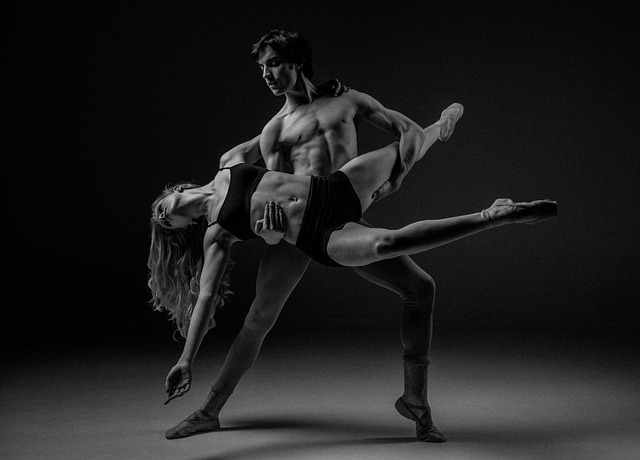George Balanchine: A Pioneer in Neoclassical Ballet Choreography
When it comes to the world of ballet, one name that stands out as a true pioneer is George Balanchine. His innovative choreographic style and revolutionary approach to ballet have left an indelible mark on the art form. Balanchine's contributions to neoclassical ballet have reshaped the way we perceive and appreciate dance, elevating it to new heights of artistic expression.
George Balanchine was born in 1904 in St. Petersburg, Russia. He showed an early affinity for dance and music, and his talent led him to the Imperial Ballet School. He quickly gained recognition for his exceptional abilities and joined the prestigious Ballets Russes, where he worked alongside luminaries like Sergei Diaghilev and Igor Stravinsky. This period marked the beginning of Balanchine's journey towards redefining ballet.
Balanchine's vision was grounded in a departure from the ornate and story-driven ballets of the past. He sought to emphasize the pure beauty of movement, the synergy between music and dance, and the athleticism of the human body. This vision came to fruition when he co-founded the School of American Ballet and later the New York City Ballet, institutions that would become the epicenter of his creative revolution.
The neoclassical style that Balanchine championed blended traditional ballet techniques with contemporary sensibilities. His choreography was characterized by its speed, precision, and geometric patterns. Dancers moved with a newfound clarity and simplicity, allowing the intricacies of their movements to shine. Balanchine often collaborated with renowned composers like Stravinsky, creating ballets that were a harmonious marriage of music and motion.
One of Balanchine's most iconic works is "The Four Temperaments," a ballet that epitomizes his neoclassical approach. Each movement of the ballet represents a different temperament, and Balanchine's choreography captures the essence of each through distinct choreographic vocabulary. The ballet's angular lines, unexpected transitions, and innovative use of space showcase his commitment to pushing artistic boundaries.
Another hallmark of Balanchine's work is his ability to transform the simplest of movements into something extraordinary. His ballet "Serenade" is a prime example. The piece originated from a ballet class, with Balanchine incorporating the mistakes and corrections into the choreography. This impromptu creation resulted in a ballet that exudes ethereal elegance while celebrating the art of learning and growing.
Balanchine's impact extends beyond his choreography; he also played a pivotal role in nurturing the talents of countless dancers. His approach to training emphasized versatility and technical proficiency, allowing dancers to tackle a wide range of styles and challenges. This philosophy has had a lasting influence on ballet education worldwide, shaping the way future generations of dancers are trained.
As with any revolutionary figure, Balanchine's work was not without controversy. Traditionalists criticized his departure from narrative-driven ballets, while some found his style too abstract. However, his innovations prevailed, and his ballets continue to captivate audiences and inspire new generations of choreographers.
George Balanchine's legacy is not confined to the realm of ballet; it extends to the very essence of artistic expression. His ability to infuse movement with emotion, to turn music into visual poetry, and to redefine the possibilities of dance has left an enduring impact. Today, companies around the world perform his ballets, and his influence can be seen in the evolution of ballet as an art form.
In conclusion, George Balanchine's contributions to neoclassical ballet choreography are immeasurable. His innovative spirit reshaped ballet, elevating it to new heights of precision, simplicity, and artistic integrity. Through his choreography, he demonstrated that dance is not merely a series of steps but a profound means of conveying human experience. Balanchine's legacy lives on in every graceful movement and every intricate step taken by dancers on stages around the world.




